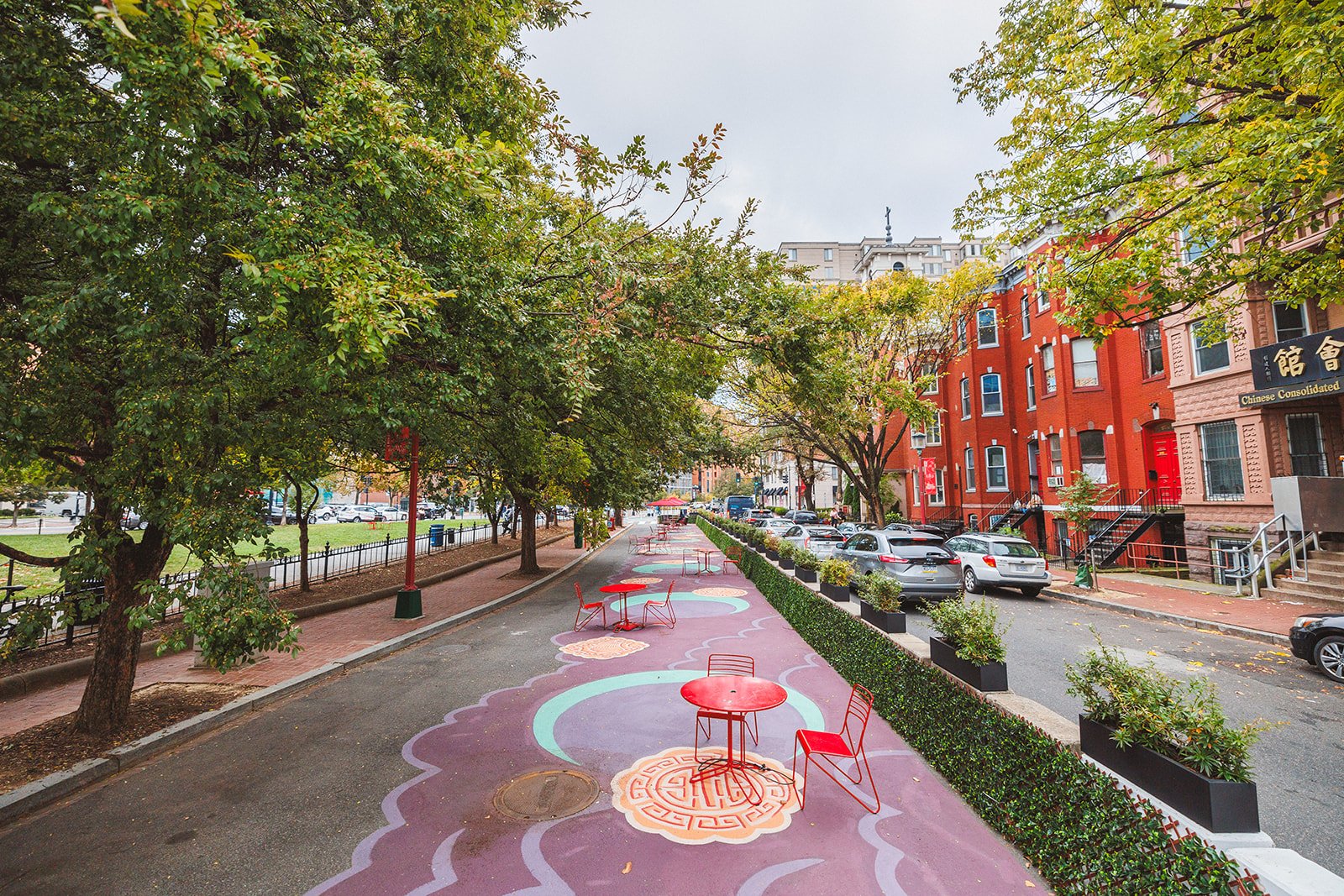
Crossroads Pavement Mural Project
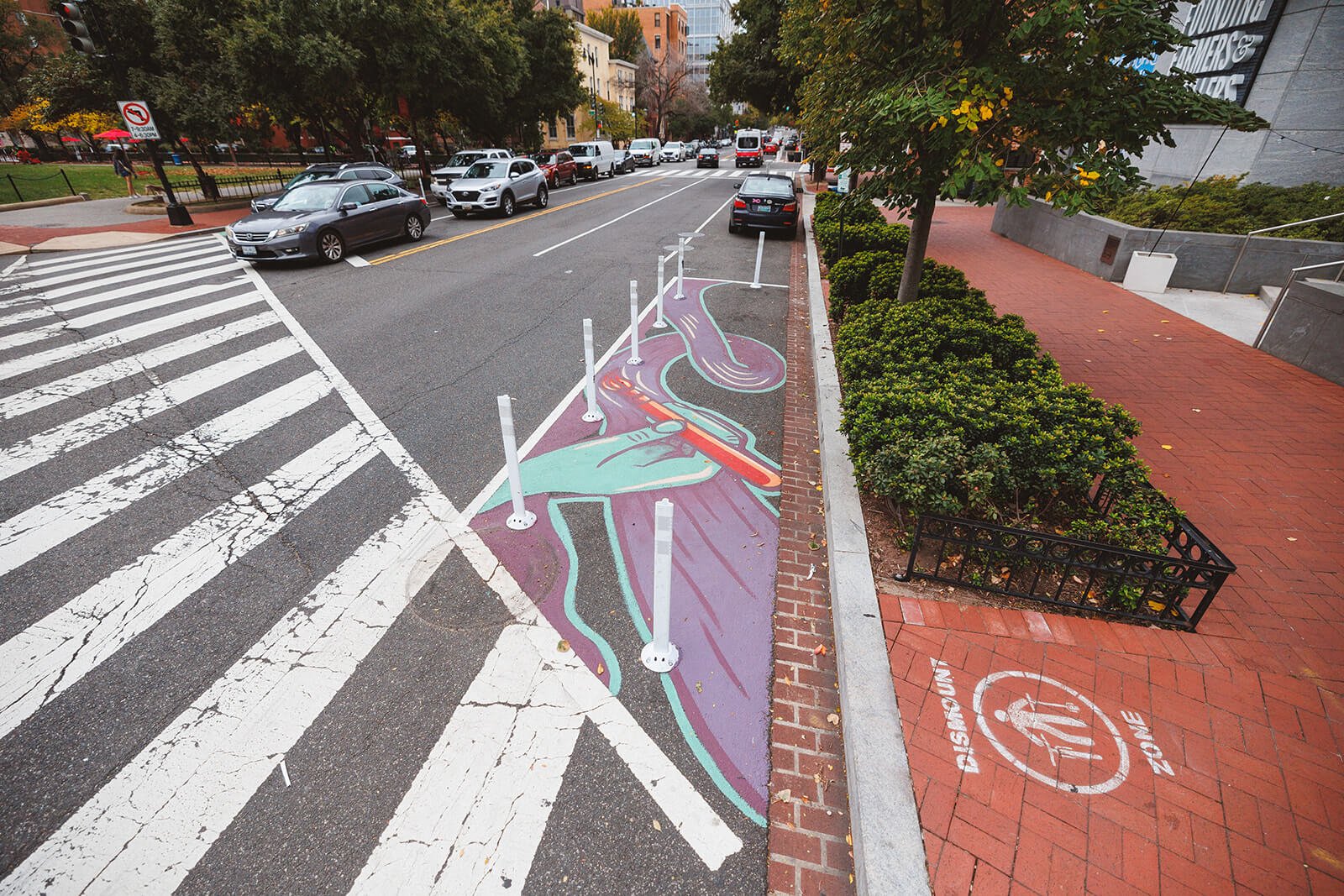
A - Hand doing calligraphy
Represents both cultures as they both have non-Roman alphabets and sacred/ancestral/traditional calligraphy practices. A Chinese style calligraphy brush is represented here.
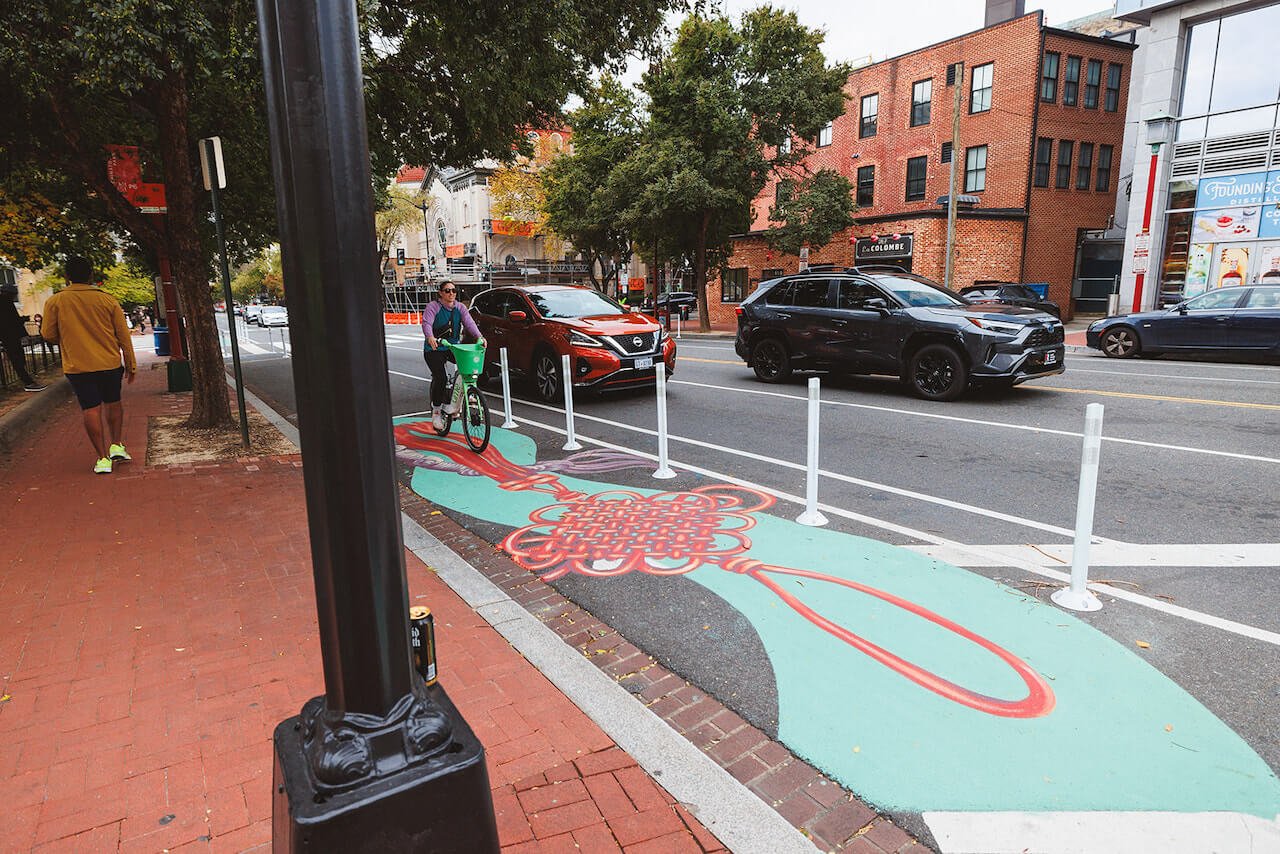
B - A Chinese knot, interwoven with tzitzit
These items being woven together not only represent the fact that both cultures have cultural traditions of weaving, embroidery and braiding, but show the literal interconnectedness of these two cultures.
Chinese knots are woven from a single strand or two strands of rope, and the first knots ever were used as a means to record important information thousands of years ago. Different styles of knots accommodate different meanings and intentions, such as love, protection, safety, good luck, and more. Today, they serve a decorative and ornamental purpose as well as functional, and are a nod to dedicated craftsmanship and tradition.
In a section about textiles and knotting, the tzitzit are the most meaningful example of knotting in the Jewish tradition. They are attached to the corners of a talit, a garment that many Jews wear on religious occasions and serves as a physical and tactile reminder of religious practice and historical tradition.
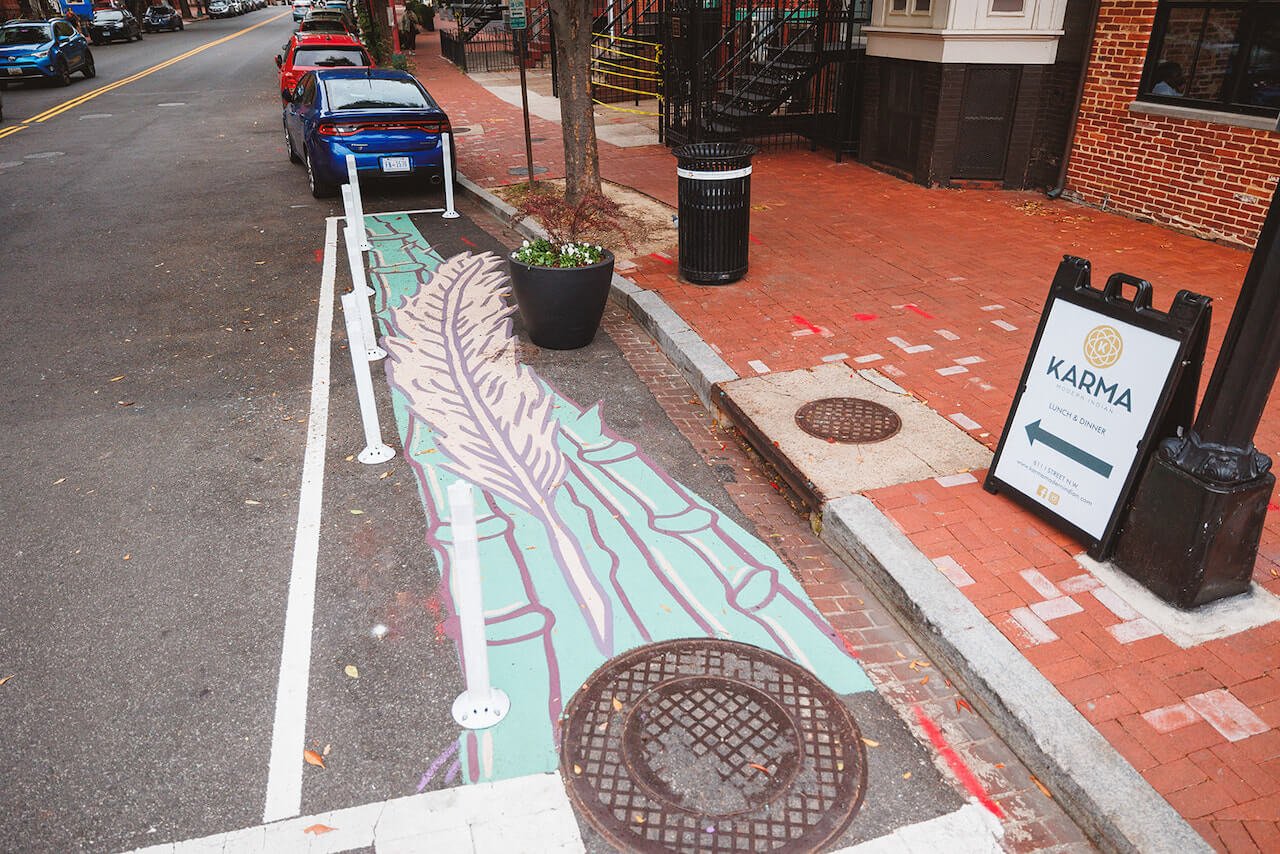
C - Bamboo with a Jewish calligraphy quill pen
A kulmus (quill used by a sofer) is placed in the middle, so that calligraphy pens of both cultures “hug” the space. This quill is intentionally placed outside of the synagogue.
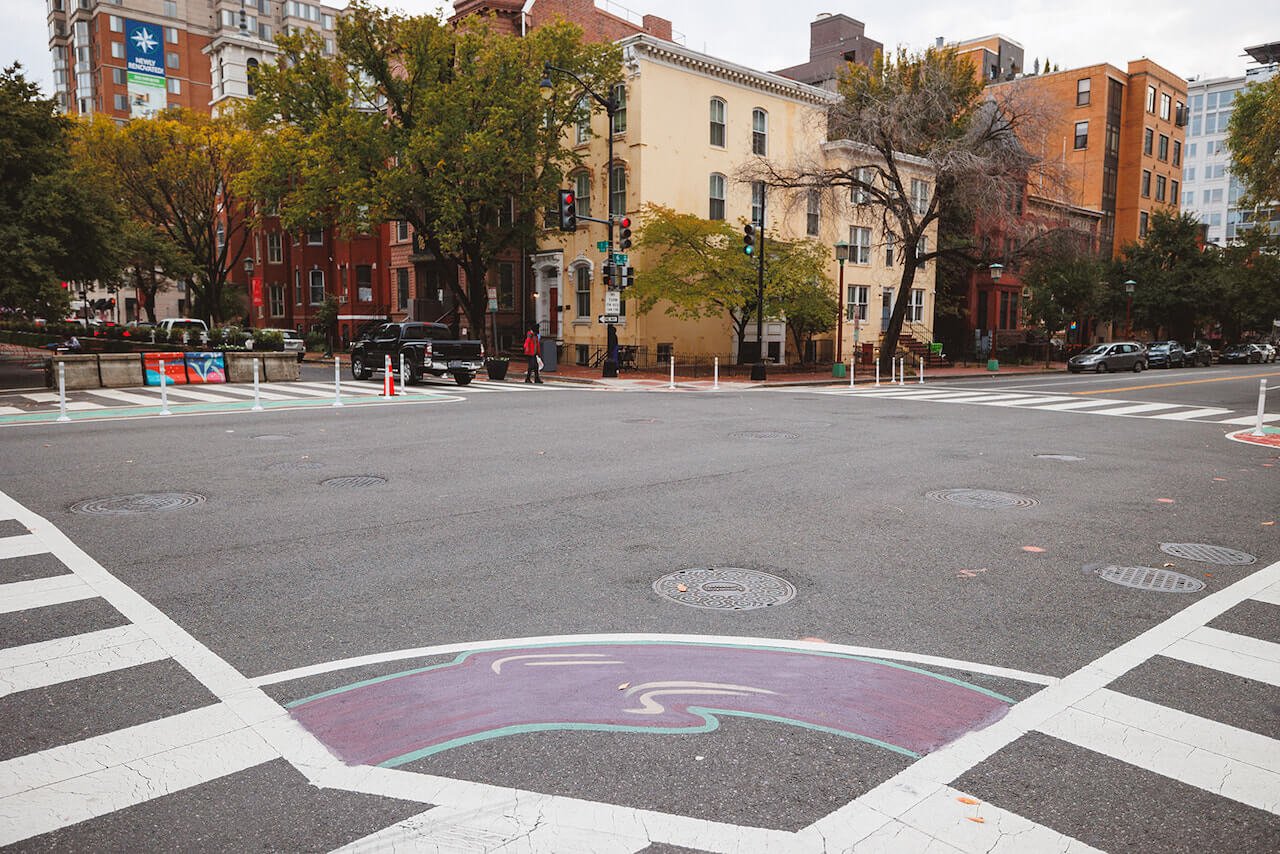
D - A calligraphy "swipe"
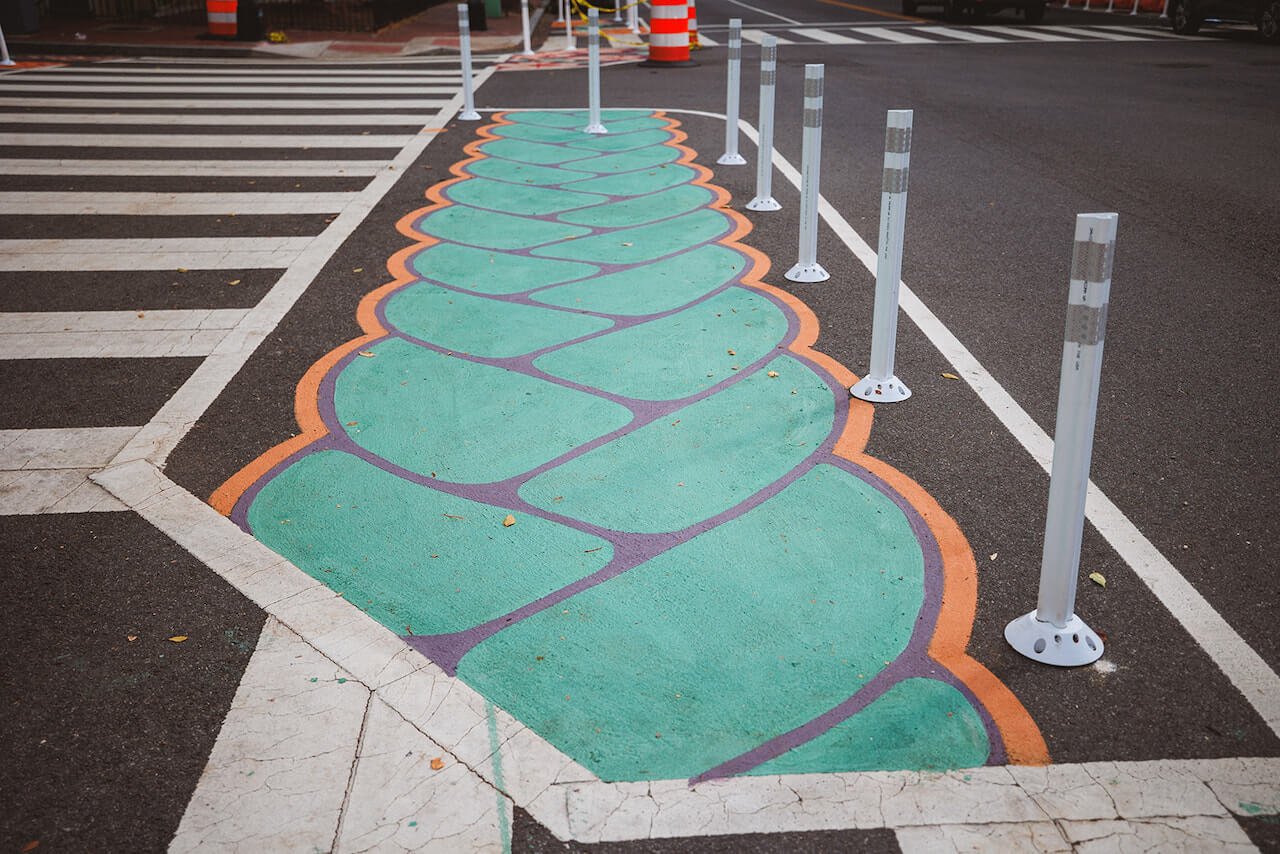
E - Braided challah/havdallah pattern
Crucial to the Jewish culture and is representative of ancestral worship on shabbat, among many other things. The three strands represent truth, peace and justice, something foundational to all community-building.
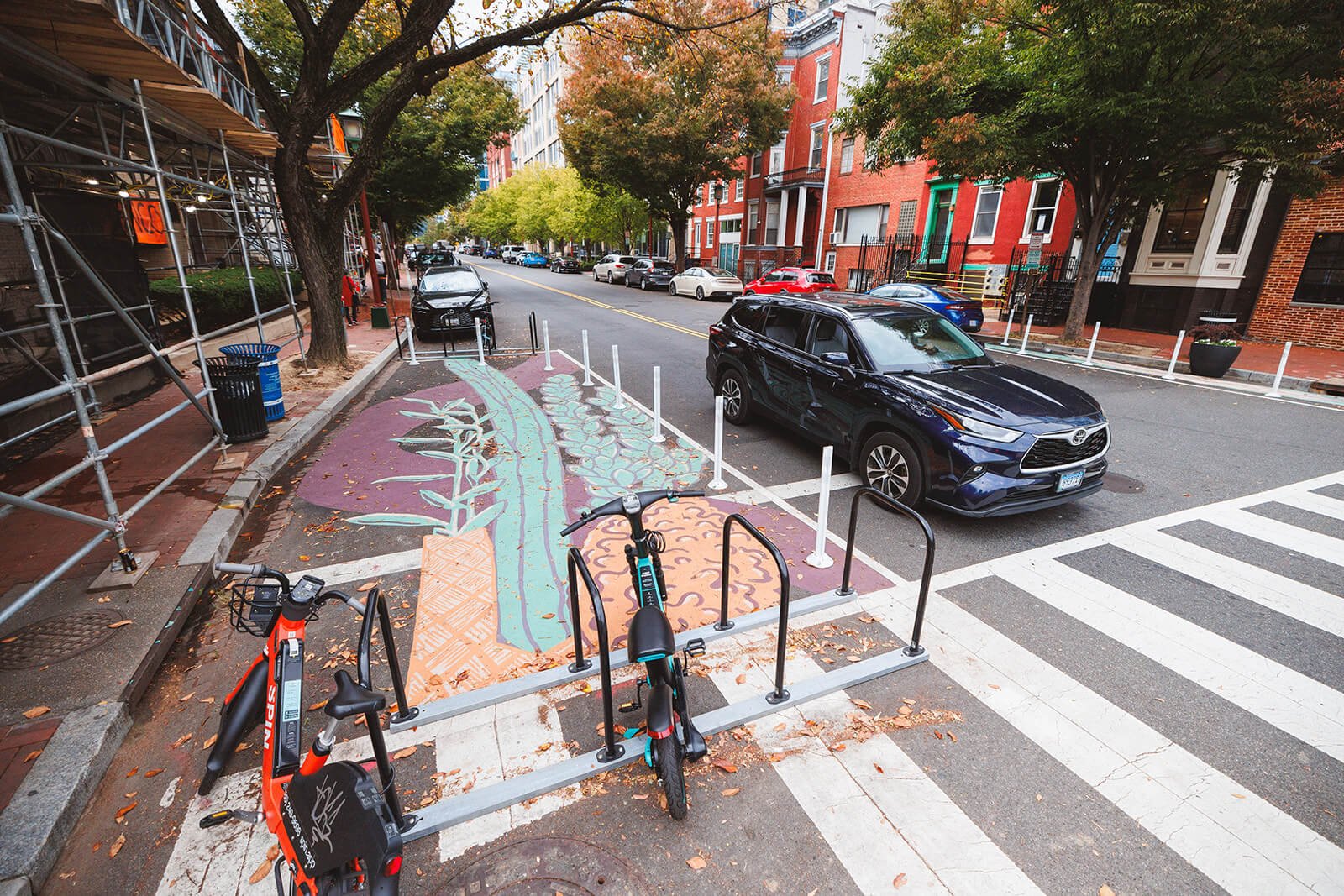
F - Lulav and Esrog
This bundle of fruit and herbs are a symbol of the Jewish holiday of Sukkot, which happens around the same time of year as the Chinese Mid-Autumn Festival. In fact, both are often celebrated on this block of I Street on the same day of the year. The four types of species illustrated here -- etrog, palm, myrtle and haddas -- symbolize the unity of Jewish people across the world. During Sukkot, the bundle is shaken to the south, north, east, up, down, and west.
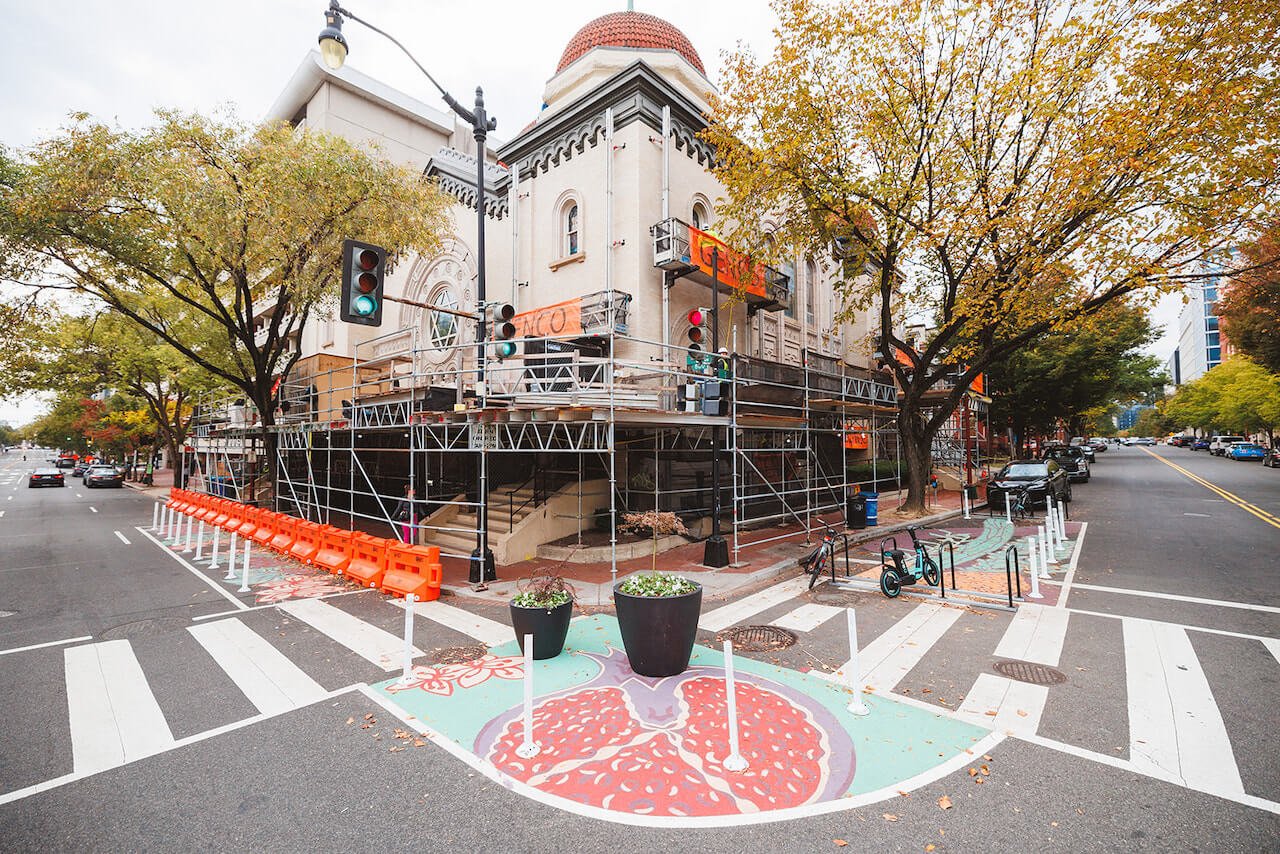
G - Pomegranate Slice
Sacred in Jewish culture for many spiritual, storytelling and literal reasons. They hold 613 seeds which correspond to the 613 commandments of the Torah. It is also one of the Seven Species.
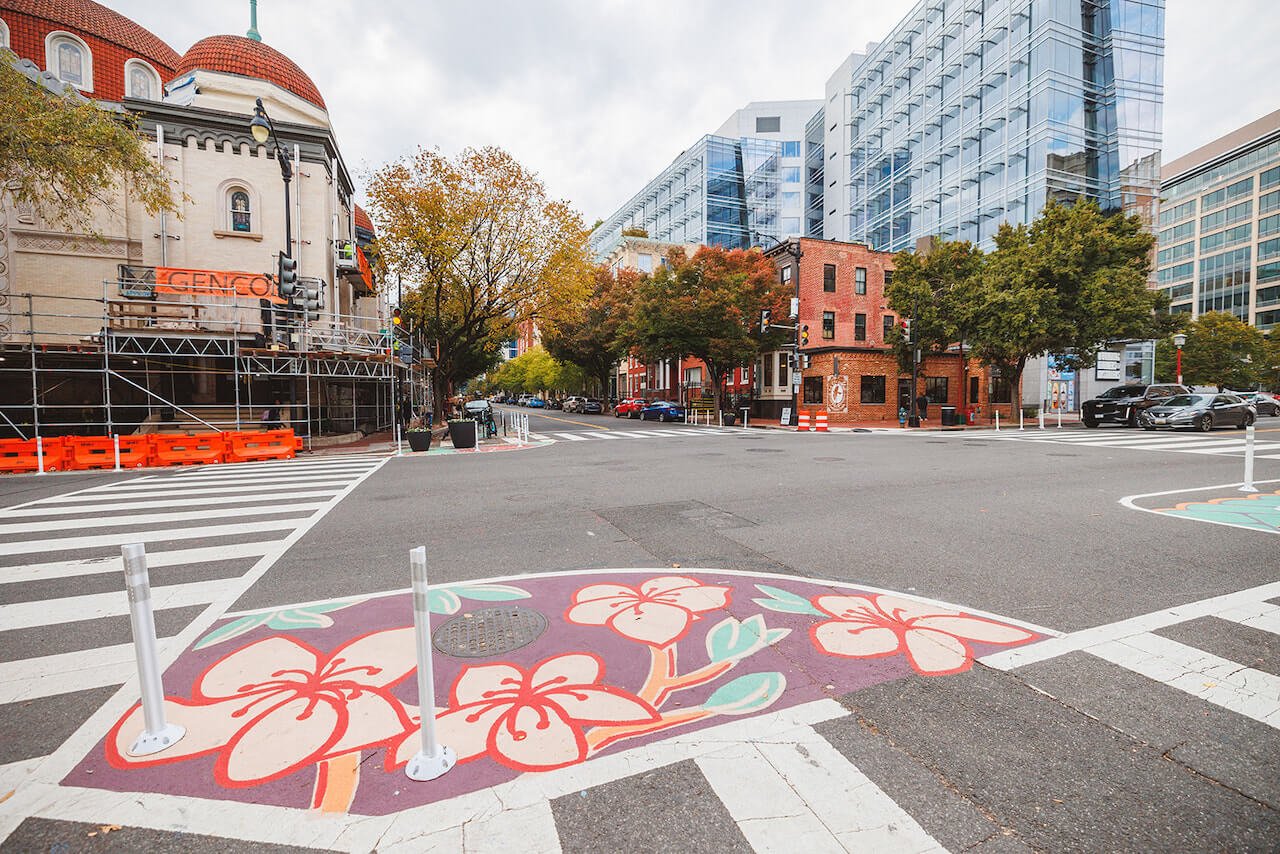
H - Peach blossoms
Echoes the blossoms across the street. They are a frequent symbol of longevity, love, prosperity and growth. They are known to be first to bloom after winter, and have been used in Chinese artworks and literature for thousands of years.
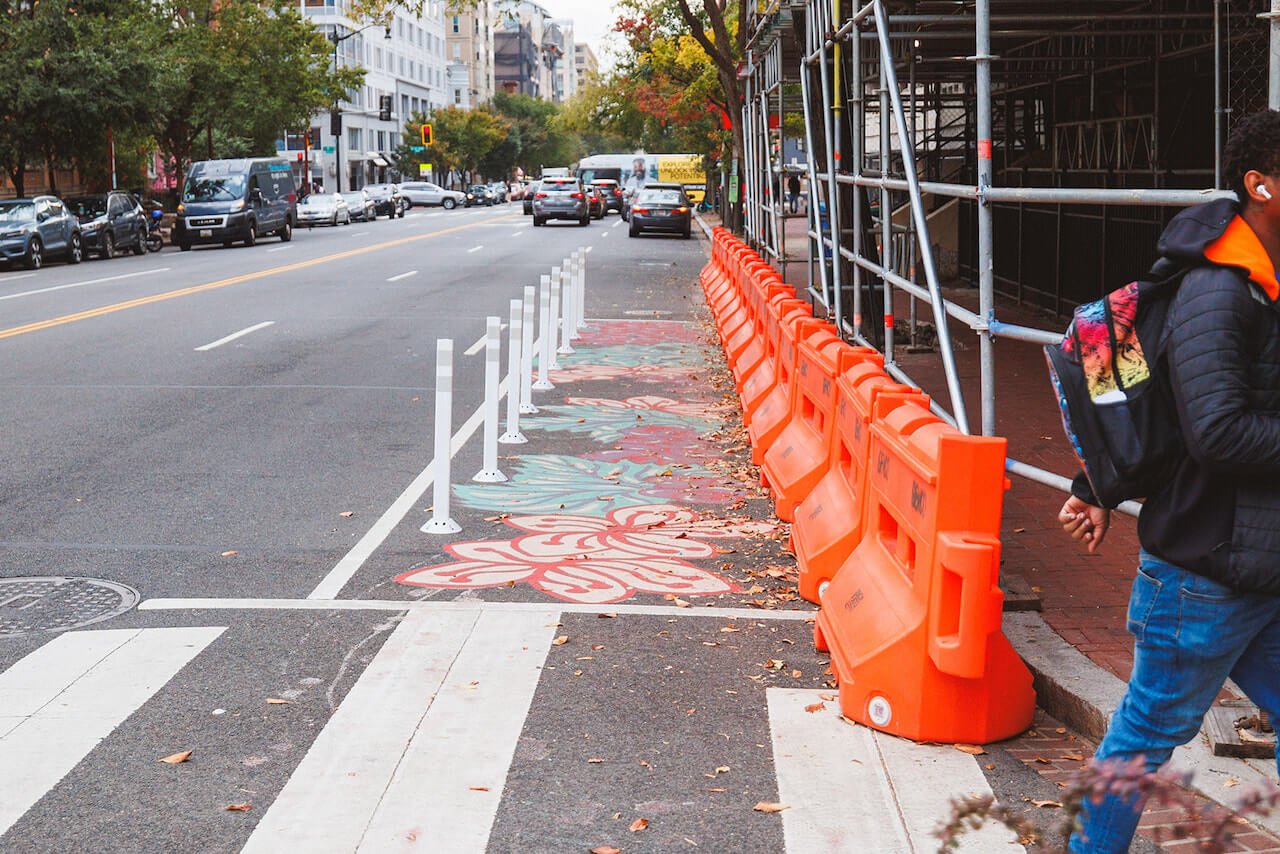
I - Peach blossom (Chinese) and grapevine (Jewish)
Both represent perseverance, resilience, rebirth, gratitude, beauty. This is the idea of someone in our extended network who is both Chinese American and Jewish.

J - Mandarin oranges
Popular during the Lunar New Year, these fruits are a symbol of abundance, good fortune, and a festive start to the new year. They are often given as gifts and used as decoration during this time.

K, M, N, O - Lunar cycle featuring Chinese zodiac, mooncakes, hamentaschen and apples
Above all else, the lunar calendar is perhaps the most significant unifier of the two cultures. All foods that are dancing around the composition are celebratory treats directly related to holidays prompted by the lunar calendar in both Jewish and Chinese traditions.
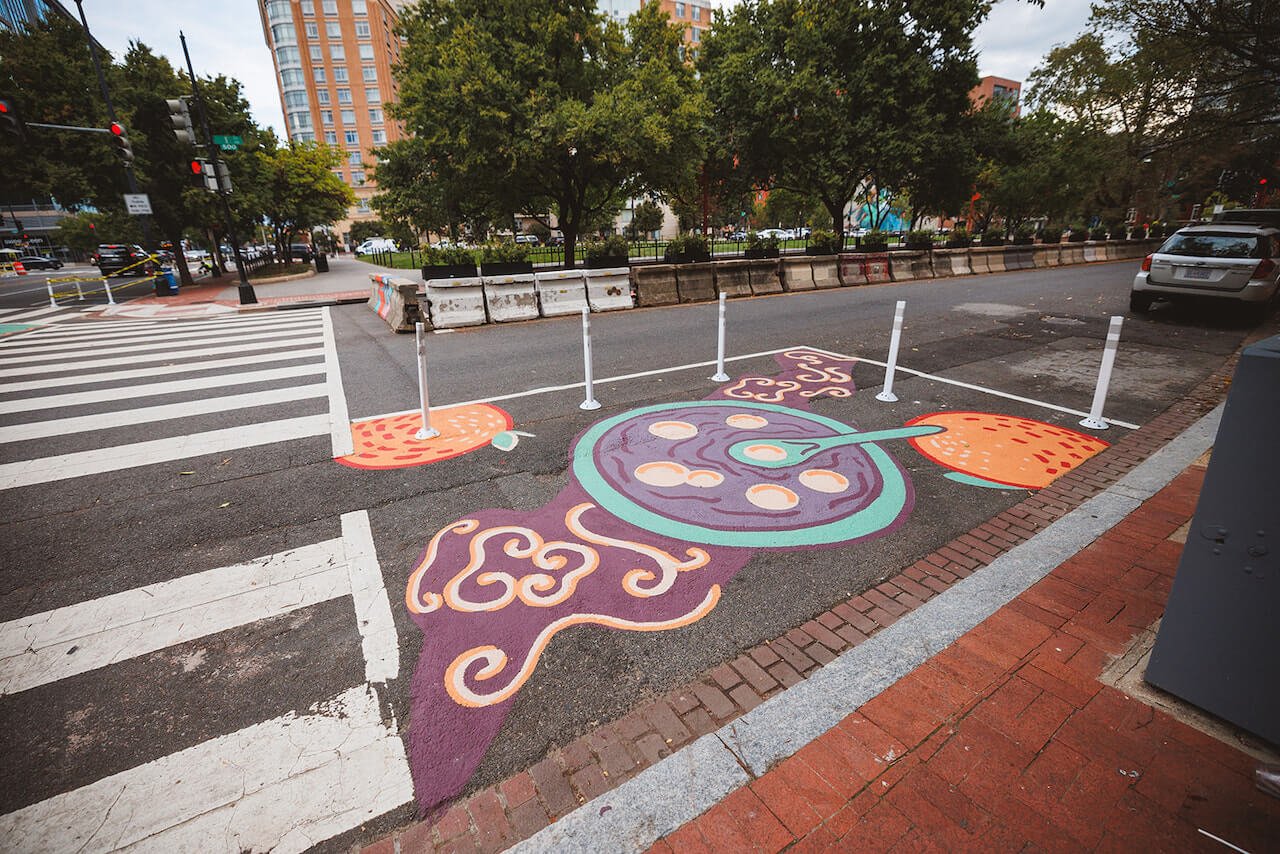
L - Tang Yuan
A traditional Chinese dessert made of glutinous rice stuffed with different fillings and served in a broth or syrup. It is most commonly served during the Lantern Festival, Lunar New Year, weddings, family reunions, and winter solstice. It is eaten for good luck and welcoming sweetness and joy.
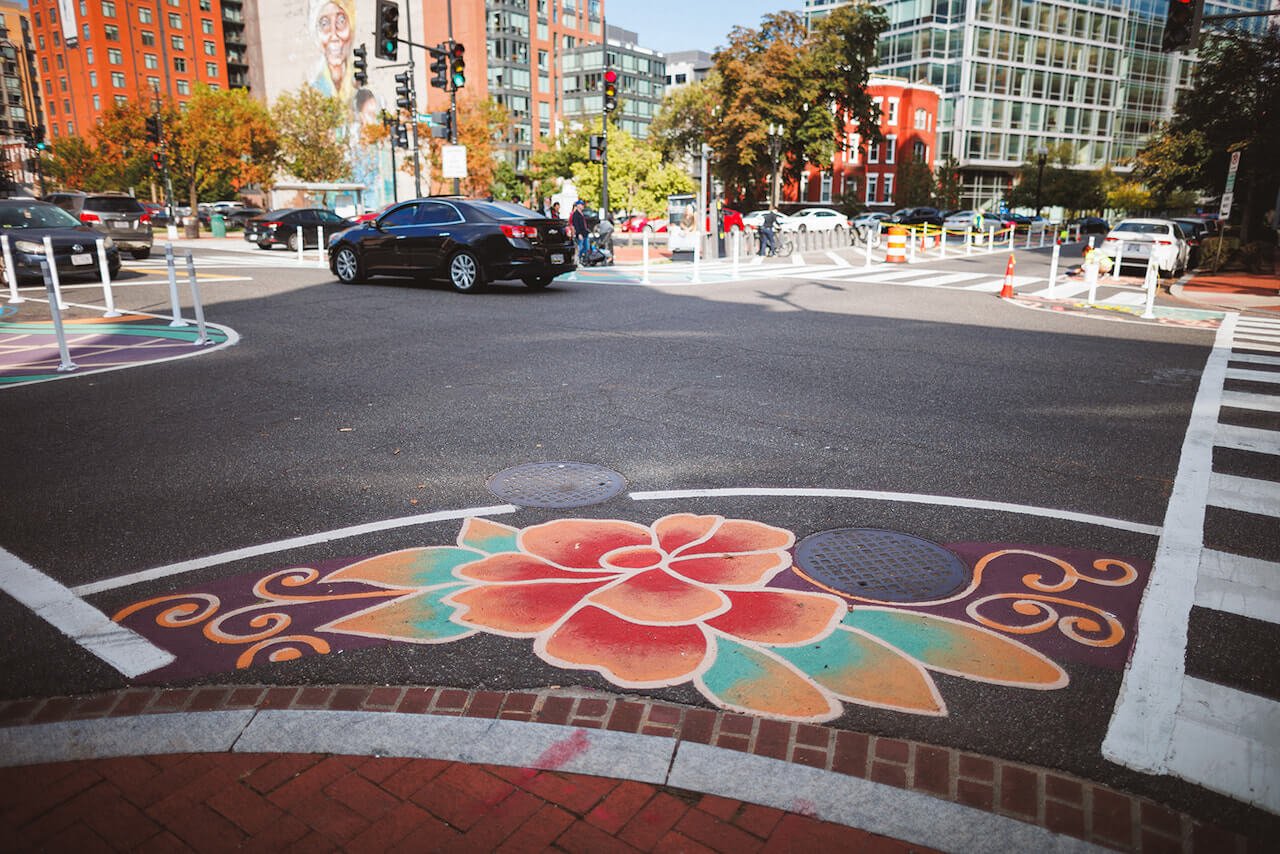
P - Chinese silk embroidery of peonies
Silk was invented by the Chinese thousands of years ago, and the practice of embroidery started to soar during the Han Dynasty when the silk road opened. There are four primary distinct styles of embroidery stemming from four different regions, in addition to styles from ethnic minority groups such as from the Yi, Shui, Dong and Miao Peoples.
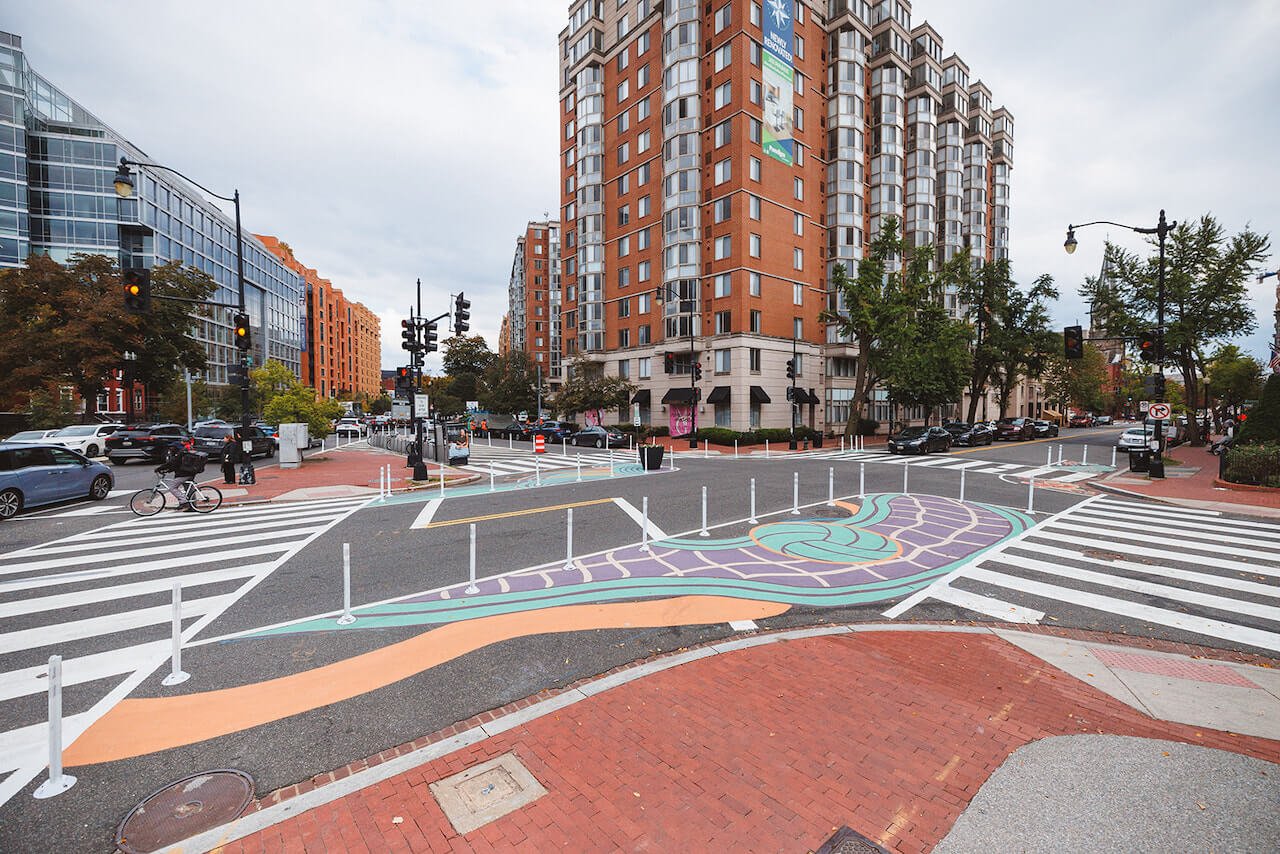
Q - 9-person volleyball tribute!
9-person volleyball was once played on this very street and block, a uniquely Chinese American twist on the game unique to Chinatowns across the country.

“Historically, the sport was played by Chinese immigrants to the US, who predominantly hailed from Taishan city in Guangdong province of China. In the late 1930s the sport was used as a means to socially connect the laborers in Chinatowns across the United States” (CYC website)
Locally, the Chinese Youth Club still leads these tournaments and is still very active in the sport. Check out the Washington CYC, hosting volleyball, basketball, lion dancing and more!
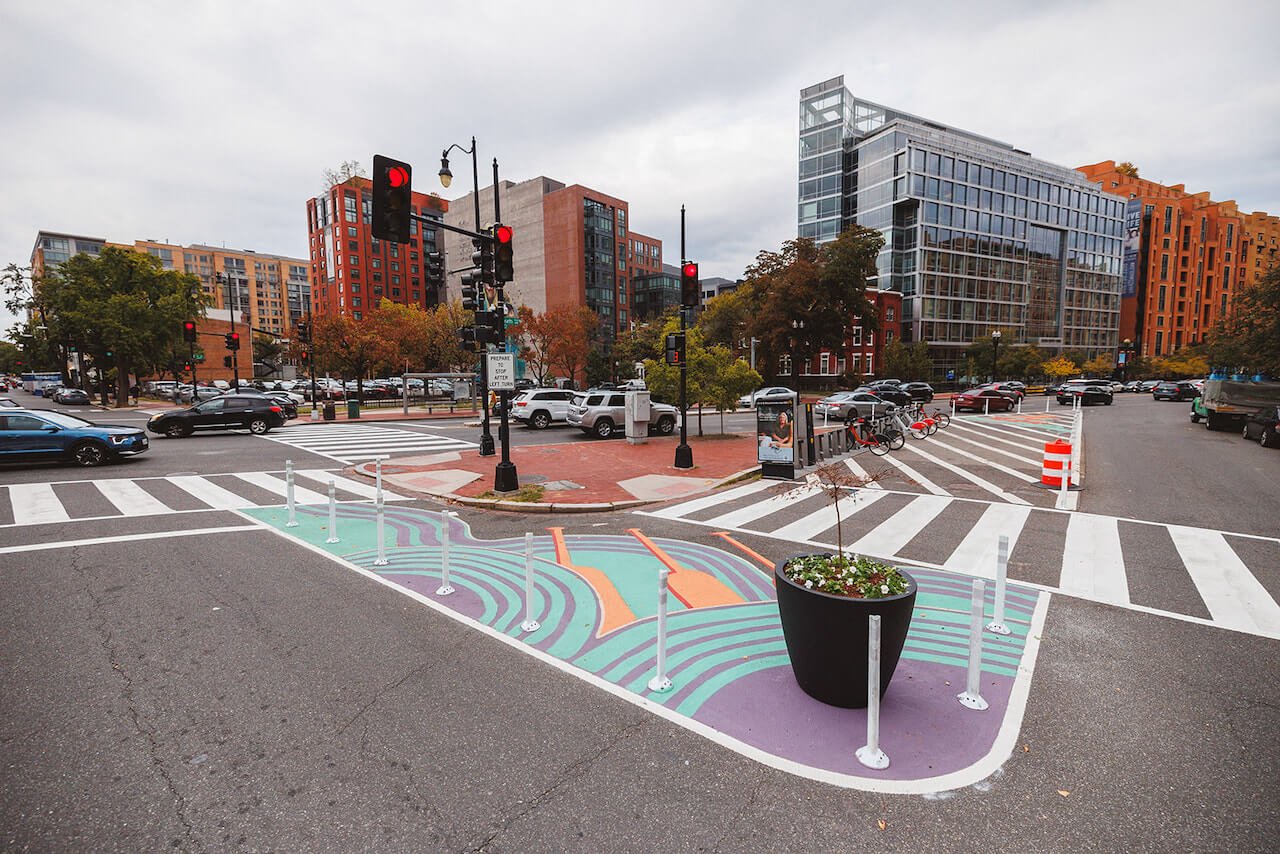
R - Dragon boat racing tribute
Wave pattern is directly informed by the DC dragon boat team championship medal. Check out the DC Dragon Boat Club!
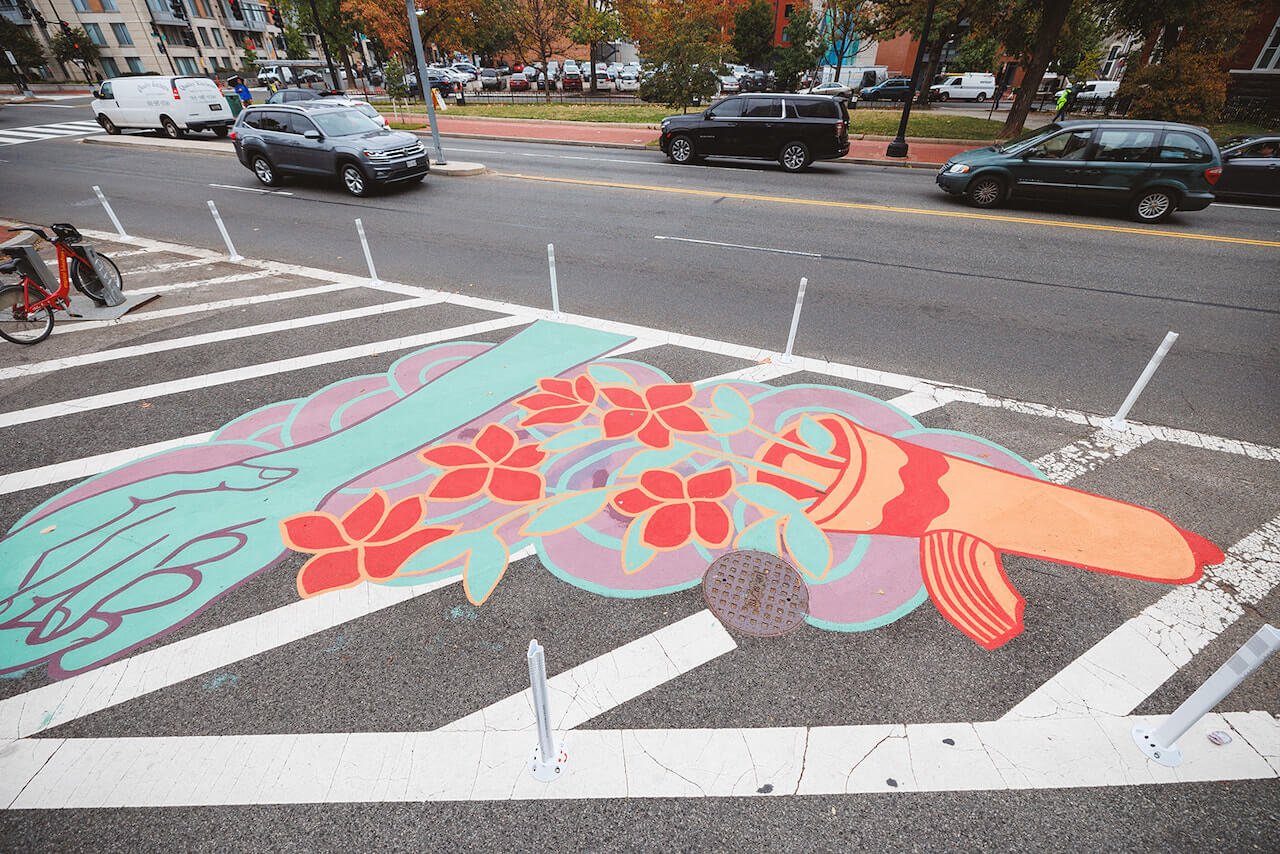
S - Water waves continue, and flow into two hands helping each other, framed by a megaphone birthing growth
It honors the stories -- recent, current, and past -- of resistance, solidarity, and intergenerational storytelling that guides our movements forward. Read more about the fights against displacement in Chinatown, cross-cultural solidarity, and campaigns for a better neighborhood in our "further reading" document.

T - Chinese silk embroidery of peonies

U - Triangular banana leaf zongzi
The shape of a zongzi serves the shape of the curb extension well! Directly relevant to the dragon boats across the street. These rice treats wrapped in banana leaves are eaten during dragon boat events to memorialize the great Chinese poet Qu Yuan, who is believed to have lived for 2300 years and to be the creator of this food.
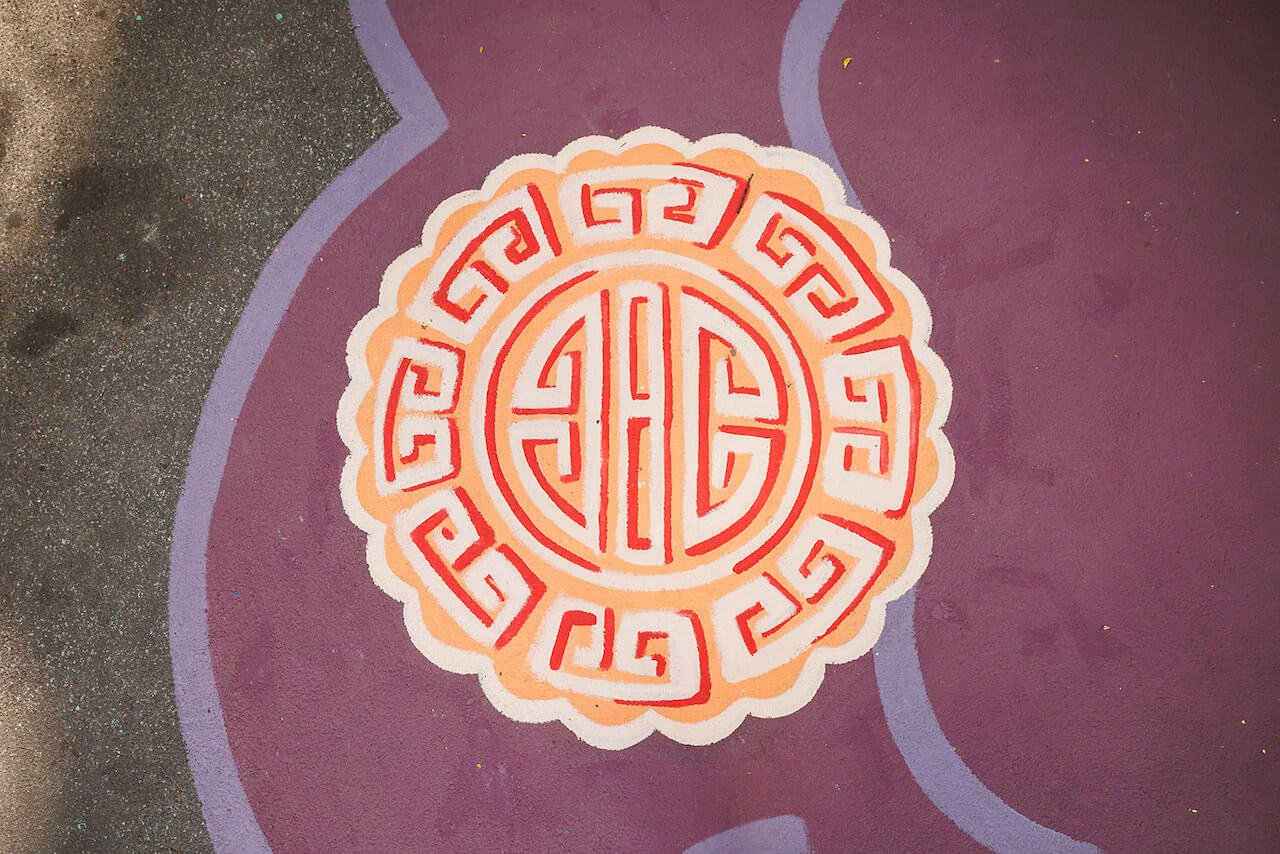
V - Mooncake
Uniquely shaped round or square pastries stuffed with sweet fillings, most popular during the mid-autumn festival, with iconic ornate tops. Types of fillings include red bean paste, lotus seed paste, salted egg and more! It is also associated with the Chinese Moon Goddess Chang’e, and with revolution against the Mongolian Yuan Dynasty, among other stories. How many different mooncake designs can you find throughout the pavement art?
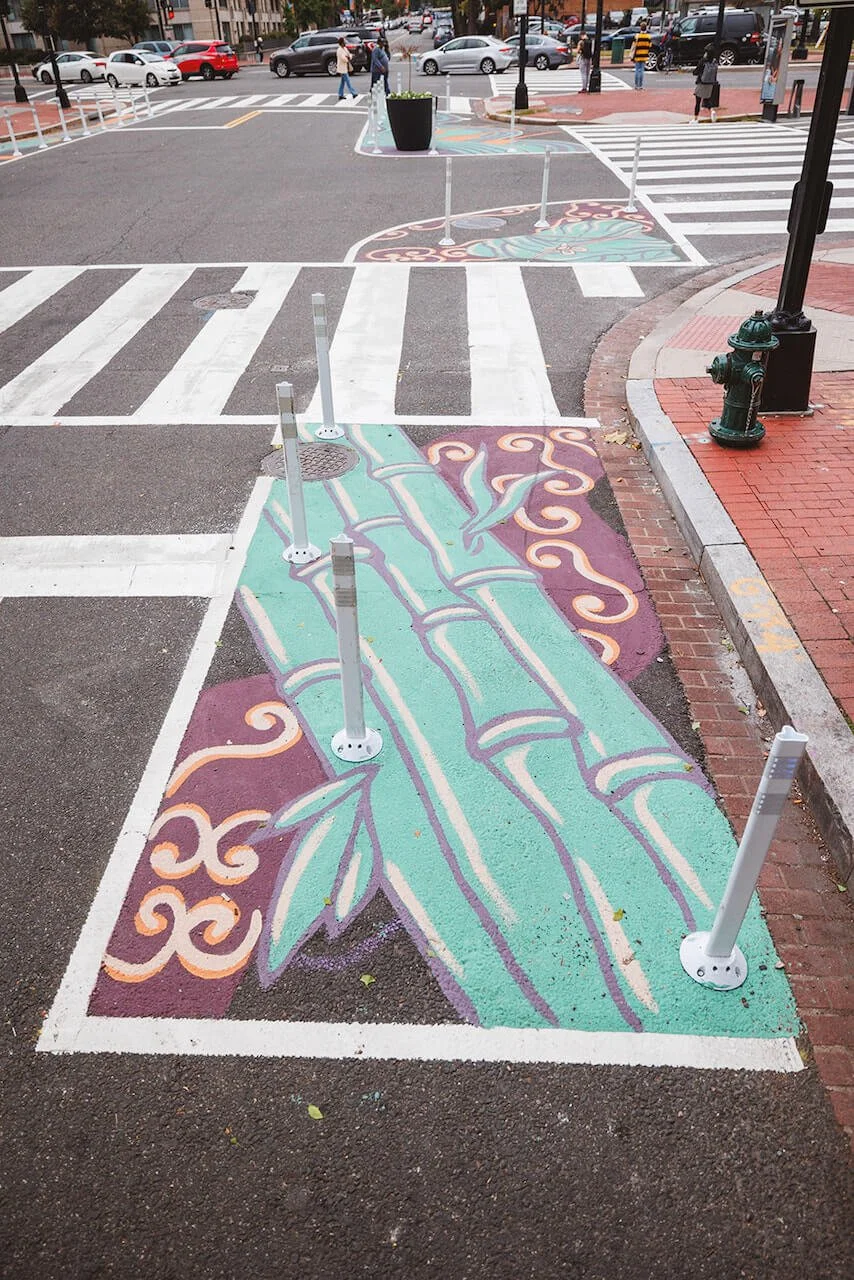
W - Bamboo
In ancient China, bamboo was used for many aspects of daily life, from book making to musical instruments to food and housing. It has a prominent role in ancient texts, artwork, calligraphy, poetry, and more. 400 species of bamboo grow throughout China! To this day, it remains an iconic visual symbol.

